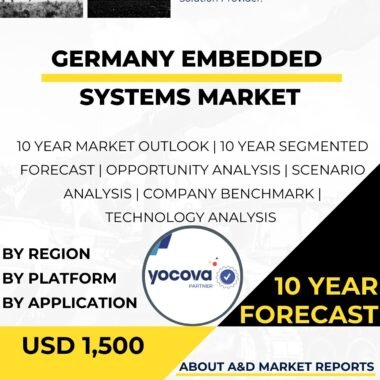Description
Robots and autonomous vehicles have become increasingly prevalent in Canada’s defense industry, transforming the way the Canadian Armed Forces (CAF) operate and conduct various defense missions. These advanced technologies offer unique advantages, such as increased efficiency, reduced risk to human personnel, and enhanced capabilities in complex and hazardous environments. Robots and autonomous vehicles play diverse roles in defense operations, including reconnaissance, surveillance, logistics support, explosive ordnance disposal (EOD), and search and rescue. As Canada’s defense industry invests in research, development, and procurement, robots and autonomous vehicles continue to evolve, contributing significantly to the country’s national security and defense preparedness.
One of the primary applications of robots and autonomous vehicles in Canada’s defense sector is in unmanned aerial vehicles (UAVs) or drones. Drones offer valuable intelligence, surveillance, and reconnaissance (ISR) capabilities, allowing the CAF to monitor large areas, gather real-time data, and conduct aerial surveillance without exposing human personnel to potential threats. These UAVs are equipped with advanced sensors, such as cameras and infrared imaging, enabling them to detect and track targets, identify potential threats, and provide critical situational awareness for decision-making during military operations.
In addition to aerial drones, ground-based autonomous vehicles play a crucial role in defense applications. Unmanned ground vehicles (UGVs) are employed for various tasks, such as transporting equipment and supplies, reconnaissance in urban environments, and supporting EOD operations. UGVs equipped with advanced sensors and cameras can navigate challenging terrains and confined spaces, making them indispensable tools in complex and hazardous environments.
The integration of robotics in logistics operations is another area where Canada’s defense industry is making significant strides. Autonomous logistics vehicles and robotic systems are employed for supply chain management, transportation of goods, and maintenance support. These technologies enhance the efficiency of logistics operations, reducing the reliance on human labor and streamlining the distribution of essential resources to support military missions.
Robots and autonomous vehicles also have a crucial role in EOD operations. EOD robots are utilized to remotely handle and neutralize explosive devices, minimizing the risk to EOD personnel. These robots are equipped with specialized tools and manipulators, allowing them to perform delicate and precise tasks to ensure the safe disposal of explosives and hazardous materials.
The Canadian defense industry is investing in research and development to enhance the autonomy and decision-making capabilities of robots and autonomous vehicles. Advances in artificial intelligence (AI) enable these systems to adapt to changing environments, learn from past experiences, and make real-time decisions based on sensor data. The integration of AI with robotics further improves their autonomy and effectiveness, making them more capable of operating in complex and unpredictable situations.
Moreover, Canada’s defense industry is exploring the use of swarming technology, where multiple autonomous vehicles or robots operate collaboratively as a coordinated unit. Swarming technology offers advantages in intelligence gathering, reconnaissance, and tactical coordination. Swarms of drones or ground vehicles can work together to cover larger areas, share data, and conduct distributed sensing, providing a more comprehensive and accurate picture of the battlefield.
The cybersecurity and resilience of autonomous systems are paramount in defense applications. As these technologies become more connected and data-driven, securing their communication systems and data transmission is essential to prevent potential cyber threats or hacking attempts.
Ethical considerations are also addressed in the development and deployment of robots and autonomous vehicles in defense operations. Ensuring that these technologies are used in compliance with international humanitarian laws and ethical guidelines is crucial to prevent misuse and minimize collateral damage in conflict situations.
Furthermore, safety is a top priority in integrating autonomous vehicles into military operations. Robust testing and validation procedures are followed to ensure that these systems can operate safely and effectively, particularly when operating in close proximity to human personnel or in civilian environments.
The Canadian defense industry collaborates with academia, domestic companies, and international partners to foster innovation and technology transfer. Collaborative partnerships enable the sharing of knowledge and expertise, facilitating the development of cutting-edge robotics and autonomous systems for defense applications.
As autonomous technologies continue to evolve, they present exciting possibilities for the future of Canada’s defense industry. The integration of robots and autonomous vehicles will play an increasingly important role in enhancing the operational capabilities and effectiveness of the Canadian Armed Forces, contributing to the country’s national security and defense preparedness. Continued investment in research, development, and integration ensures that Canada remains at the forefront of autonomous defense technologies, positioning the country as a leader in the global defense market.




